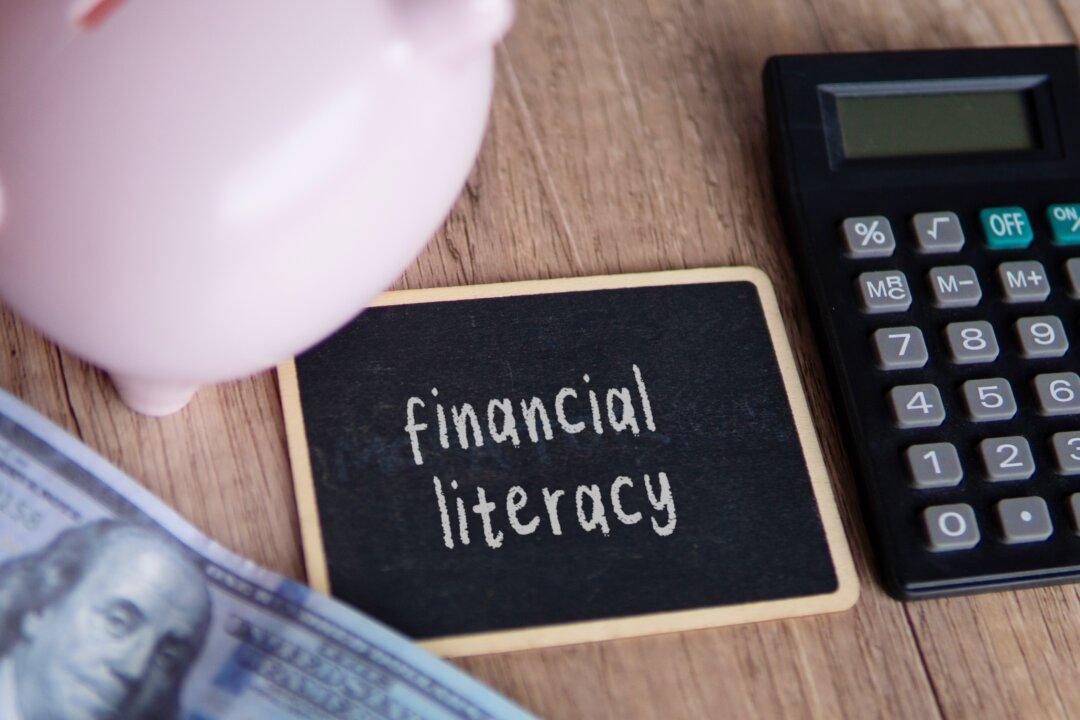Anyone who spends any time thinking about investing has at least fantasized about enjoying oversized investment returns a time or two. It’s a concept that’s captured the imagination of investors for generations. It’s the “thing” that allows people to write best-selling books and sell day-trading courses to the masses and earn millions of dollars in the process.
5 Tips for Those Wanting Oversized Investment Returns
Let’s start with the first question: Is it even possible to get oversized returns?The answer to this question is a resounding “yes.” Look no further than the success stories of people who have invested in early-stage startups or leveraged real estate to outpace what they would have otherwise got in the S&P 500. But, there is a slight caveat. While technically possible, there are very few “surefire” ways to get oversized returns every single time. (If there were, wouldn’t we all be using them?)
By definition, investing involves some measure of risk. And while you can’t guarantee an oversized return, there are plenty of steps you can take to put yourself in a better position to enjoy oversized returns under the circumstances. In other words, you can give yourself a fighting chance.
1) Set Your Benchmarks and Goals
Successful investing starts with the end game in mind. In other words, you have to think about your definition of an oversized return so you can work backward from there. It’s easy to get greedy when an investment is working out. Knowing when to cash in will save you from making big mistakes.Begin by identifying specific financial goals, whether it’s saving for retirement, funding education, buying a home, or achieving a certain level of wealth. Each goal may require a different approach and risk profile, so categorizing and prioritizing them is crucial.
2) Diversify Your Portfolio
There’s nothing wrong with pursuing big winners, but you have to diversify your portfolio strategically enough that you don’t get burned on the losers.3) Try Alternative Investments
There’s nothing wrong with passively plugging your money into a couple of index funds and letting it ride for 30 or 40 years. However, you’re not going to outpace the market. You’ll do precisely what the market does. (That could be good or bad.)One way to expose yourself to the potential for greater returns is by reserving a portion of your portfolio for alternative investments. Different financial professionals will advise different things, but this could be anywhere from 5 to 15 percent of your portfolio.
Alternative investments include things like off-market real estate, private equity, cryptocurrency, and equity shares in private businesses. These obviously come with their own risk factors, but you should at least consider some diversification in these areas.
If you’re going to take a homerun swing on a speculative investment, it’s best to spread your risk out. For example, let’s say you have $10,000 allocated for alternative investments. On paper, putting all of that money in a single investment sounds exciting—especially if you’re looking at the potential to 20X your money. But in reality, the chances of getting a 10X or 20X return is extremely rare. You’re better off spreading it across, say, 4 investments that you feel confident in. Then, all you need is for one of those investments to hit. A 20X return on a $2,500 investment returns $50,000. Even if your other three are all “busts,” you’re up big.
4) Real Estate
Real estate is an especially attractive option for those who want to achieve a bit more return for their investment. But with so many different types of real estate investing, is there one that stands above the rest as a viable option for those who want oversized returns?We’d be lying if we said there was a sure-fire option. However, house flipping is generally considered a pretty lucrative endeavor…when you know what you’re doing.
If you’re unfamiliar with flipping, it’s basically the process of buying a house below market value, doing some renovations and work to the property to make it more valuable, and then selling the property above market value.
- Purchase Price: $125,000
- Renovations: $75,000
- Sales Price: $250,000
- Estimated Time: 6 months
While house flipping offers the greatest potential for short-term gains, it’s not the only way to leverage real estate for oversized returns with real estate. Another option is to buy and hold long-term.
- Positive monthly cash flow (in the form of rental payments)
- Tax write-offs and depreciation
- Appreciation of the property’s value over time
5) Identify Emerging Trends
One of the hallmarks of successful investors is their ability to identify emerging trends and capitalize on promising opportunities. Staying ahead of the curve and aligning investments with evolving market dynamics can contribute to achieving oversized returns.Once you identify promising trends, consider positioning your portfolio to capitalize on them. This could involve investing in companies at the forefront of innovation or industries expected to experience significant expansion.
Adding It All Up
While there are never any guarantees of making money on an investment, there are steps you can take to put yourself in a strong position to enjoy good returns.Hopefully, this article has given you some ideas and context so you can make smart decisions moving forward.








